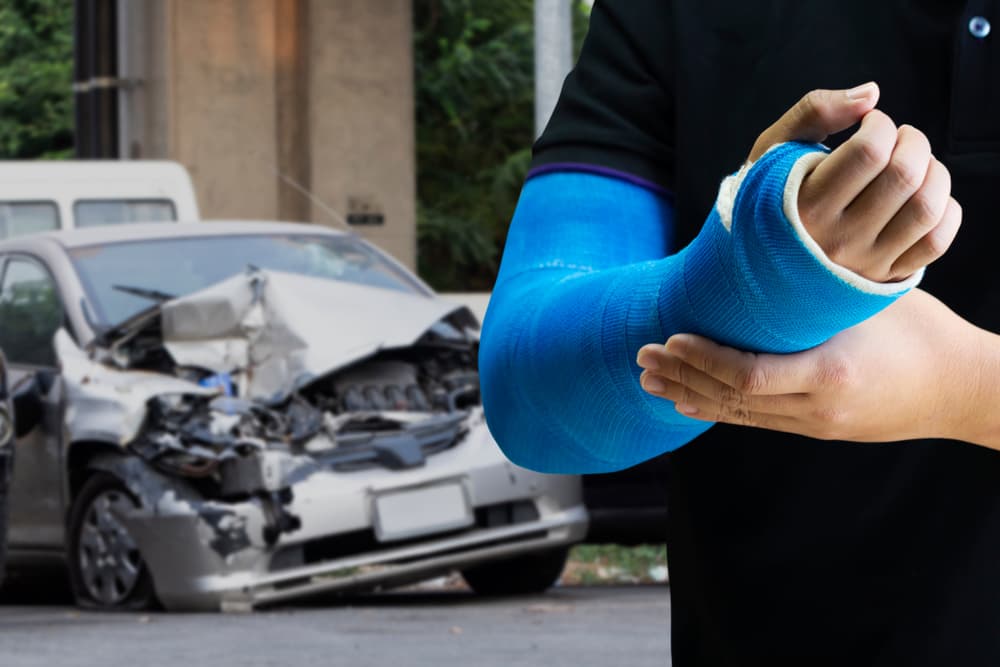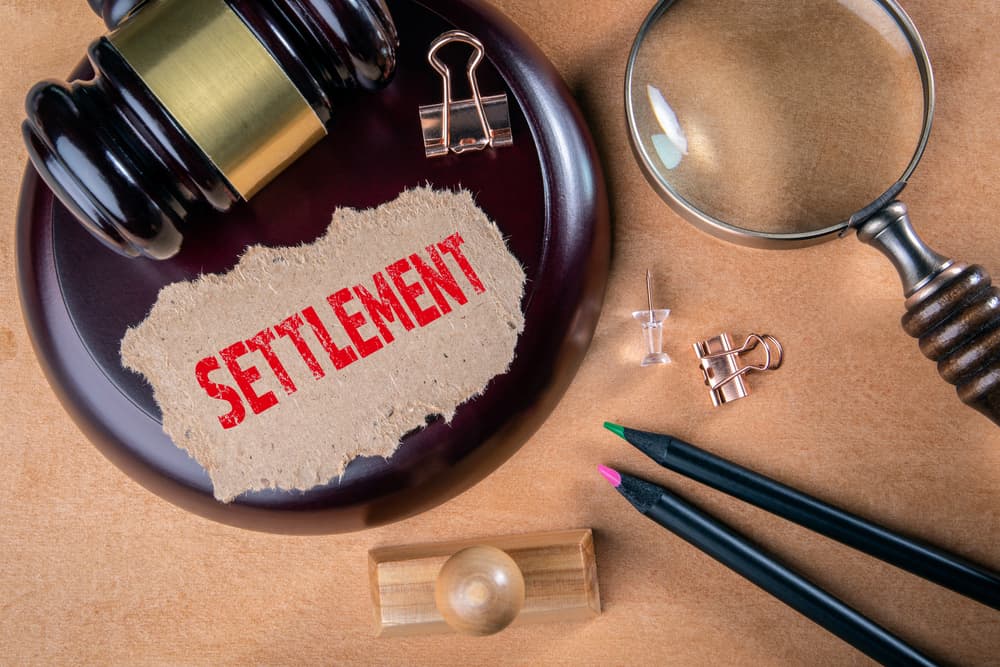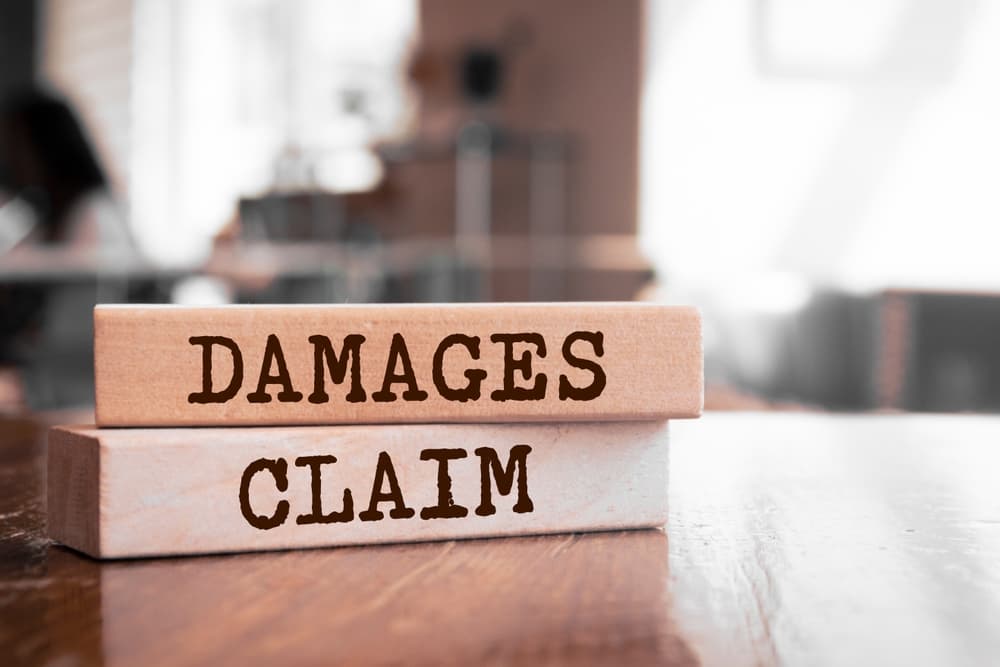When drivers violate traffic laws, drink and drive, exhibit road rage, and commit other negligent acts, various types of car accidents may occur. The most common types include rear-end collisions, sideswipe accidents, T-bone accidents, and head-on collisions.
If you sustained injuries in one of these types of car crashes, you need to have a skilled attorney representing you every step of the way. A knowledgeable car accident lawyer can obtain a copy of the police report, investigate your accident circumstances, and determine your legal options. Your lawyer can also file a claim on your behalf, take part in settlement negotiations, or litigate your case to a resolution in the court system.
Most Common Car Accident Categories and Injuries
Car accidents can happen in various ways, often due to the negligence of one or more drivers. Common categories of car accidents include the following:
- Rear-end Collisions — These occur when one car crashes into the back of another. They often happen because the driver behind is following too closely or not paying attention. Distracted driving, such as texting or talking on the phone, is a common cause.
- T-bone Accidents — Also known as side-impact collisions, these happen when the front of one vehicle crashes into the side of another. They often occur at intersections when a driver runs a red light or fails to yield the right-of-way.
- Head-on Collisions — These are some of the most dangerous accidents and occur when two vehicles hit each other front-to-front. They often happen on two-lane roads when a driver crosses the centerline, sometimes due to impaired driving or falling asleep at the wheel.
- Sideswipe Accidents — These occur when two vehicles traveling parallel to each other make contact. They often happen during lane changes when one driver fails to check their blind spot or signals improperly.
- Single-vehicle Accidents — These involve only one vehicle and often occur due to a driver losing control. Common causes include speeding, driving under the influence, or swerving to avoid an animal or obstacle on the road.
Common Types of Car Accident Injuries

Car accidents can lead to a variety of injuries — some more serious than others. Frequent car accident injuries include all of the following:
- Whiplash — This neck injury is common in rear-end collisions. It happens when the head suddenly jerks forward and then backward, straining the neck muscles and ligaments.
- Broken Bones — Accidents often result in fractures, especially to the arms, legs, ribs, and collarbones. The impact force of a car collision can easily break bones.
- Head Injuries — These range from minor concussions to severe traumatic brain injuries. They can occur if the head hits the steering wheel, dashboard, or windows.
- Spinal Cord Injuries — These are serious and can lead to partial or complete paralysis. The impact of a crash can damage the vertebrae, ligaments, or discs of the spinal column.
- Internal Injuries — Damage to internal organs like the liver, kidneys, or lungs can be life-threatening. These injuries may not be immediately apparent but can cause significant complications if not treated promptly.
How to Prove That Another Driver Was Negligent for Causing a Car Crash
Proving that another driver was negligent for causing a car accident involves gathering evidence and demonstrating that they failed to meet their duty of care on the road. The following are the steps required to prove driver negligence:
- Duty of Care — Every driver has a legal obligation to operate their vehicle in a reasonably safe manner, following traffic laws, and avoiding actions that can harm others.
- Breach of Duty — To prove negligence, the injured party must show that the other driver breached this duty of care. This can include actions like speeding, running a red light, or failing to yield.
- Causation — The injured party must also establish that the breach of duty directly caused the accident. For instance, if a driver runs a red light and collides with another car, the red light violation directly causes the accident.
- Damages— Finally, there must be actual damages or injuries resulting from the accident. This can include property damage to vehicles or personal injuries to drivers, passengers, or pedestrians.
The following types of evidence are important for proving negligence in a car accident case:
- Police Reports — Official reports from law enforcement officers who responded to the scene can provide details about the accident, including statements from witnesses and initial assessments of fault.
- Witness Statements — Statements from witnesses who saw the accident can corroborate your version of events and help establish fault.
- Photographs and Videos — Visual evidence of the accident scene, including damage to vehicles, skid marks, or traffic signals, can help recreate the sequence of events and prove negligence.
- Traffic Violations — Any citations issued to the other driver, such as speeding tickets or citations for running a red light, can serve as strong evidence of negligence.
- Expert Testimony — In some cases, experts such as accident reconstruction specialists or medical professionals may provide testimony to explain how the accident occurred and who was at fault.
Proving negligence in a car accident case requires thorough documentation and legal knowledge. A skilled car accident attorney understands the legal principles involved and can gather strong evidence to make a compelling case for holding the negligent driver accountable for their actions (or inactions) on the road.
What Happens During Car Accident Settlement Negotiations?

Car accident settlement negotiations involve a series of discussions between parties involved in an accident to reach a resolution without going to court. Here is what typically happens during these negotiations and how an experienced car accident lawyer can advocate on your behalf:
Car Accident Settlement Negotiations
- Initial Assessment — After the accident, both parties (or their insurance representatives) assess the facts, liability, and damages. This involves reviewing police reports, medical records, and any other evidence related to the accident.
- Demand Letter — Your lawyer will draft a demand letter outlining your injuries, medical expenses, lost income, and other damages. This letter serves as a formal request for compensation from the at-fault party or their insurance company.
- Counteroffer — The other party may respond with a counteroffer, either accepting the demand or proposing a lower amount. Negotiations often involve back-and-forth offers until both sides agree on a settlement amount.
- Documentation of Evidence — Throughout negotiations, your lawyer gathers and presents evidence to support your claim. This includes medical records, witness statements, and expert opinions if needed.
- Legal Guidance — An experienced car accident lawyer understands the value of your claim and negotiates aggressively on your behalf. They are skilled in assessing settlement offers to ensure they adequately cover your damages.
How an Experienced Lawyer Advocates for You
- Legal Skills — Lawyers know the legal complexities and tactics insurance companies use to minimize payouts. They navigate these challenges to maximize your settlement.
- Negotiation Skills — Lawyers are trained negotiators who can effectively argue your case, presenting evidence persuasively and countering arguments from the opposing side.
- Valuation of Damages — Lawyers accurately assess the full extent of your damages, including future medical expenses or long-term disabilities, ensuring you are not shortchanged during negotiations.
- Litigation Preparation — If negotiations stall or the parties fail to reach a fair settlement, your lawyer can prepare to file a lawsuit and represent you in court. This demonstrates to the other party that you are serious about pursuing fair compensation.
- Emotional Support — Dealing with the aftermath of a car accident can be stressful. A lawyer provides support and guidance, handling the legal aspects so that you can focus on recovery.
Settlement negotiations after a car accident involve strategic discussions to reach a fair resolution. An experienced car accident lawyer plays a crucial role in advocating for your rights, ensuring that you receive the compensation you deserve for your injuries and losses. Their skill and dedication can make a significant difference in the outcome of your case.
What Happens During Car Accident Litigation?
After filing a lawsuit in a car accident case, the litigation process begins, which involves several steps aimed at resolving the dispute through the court system. Here is what typically happens after filing a lawsuit:
Soon After Filing a Lawsuit
- Service of Process — The lawsuit must officially be served on the at-fault party (defendant), notifying them of the legal action against them. Typically, the documents are delivered personally or through certified mail.
- Response from the Defendant — After receiving the lawsuit, the defendant has a specified period (usually twenty to thirty days) to file a response, known as an answer. In their answer, the defendant may admit or deny the allegations and may also assert counterclaims or defenses.
- Discovery Phase — This is a crucial phase where both parties exchange information and gather evidence to support their case. Discovery methods include:
- Depositions — Sworn testimony taken from parties, witnesses, and experts
- Interrogatories — Written questions that must be answered under oath
- Requests for Production — Requests for documents or physical evidence relevant to the case
- Requests for Admission — Requests asking the other party to admit or deny certain facts.
During the Litigation Process
- Pretrial Motions — Before trial, either party may file motions to resolve legal issues or limit evidence that may be presented at trial. Common motions include motions to dismiss, motions for summary judgment, or motions to suppress evidence.
- Settlement Negotiations — Throughout the litigation process, parties may continue to negotiate a settlement. The parties may schedule mediation or arbitration sessions to facilitate settlement discussions and avoid the need for a trial.
- Trial Preparation — If the case proceeds to trial, both parties prepare their trial strategy. This involves reviewing evidence, identifying witnesses, and preparing legal arguments and presentations.
- Trial — During the trial, each party presents their case before a judge or jury. Witnesses testify and attorneys present evidence and make arguments to convince the court of their position.
- Judgment — After hearing all the evidence, the judge or jury deliberates and renders a judgment. This decision determines liability and the amount of damages, if any, to be awarded to the injured party.
An experienced car accident attorney in your area can aggressively litigate your case to an efficient resolution, either through settlement, trial, or alternative dispute resolution (ADR).
What Monetary Damages Can I Recover in a Car Accident Case?

In a car accident case, recoverable damages consist of two main categories: economic damages and non-economic damages. These intend to compensate the injured party for their losses and injuries sustained due to the accident.
Economic Damages
- Medical Expenses — This includes costs related to hospital stays, surgeries, doctor visits, medications, rehabilitation, and any other necessary medical treatments resulting from the accident.
- Lost Earnings — Economic damages can cover income lost due to time away from work during recovery. This includes not only the actual time missed but also potential future earnings if the injuries result in long-term or permanent disability.
- Property Damages — This includes the cost of repairing or replacing damaged vehicles or other property damaged in the accident.
- Other Financial Losses — Economic damages may also include other out-of-pocket expenses directly related to the accident, such as transportation costs to medical appointments or home care services.
Non-Economic Damages
- Pain and Suffering — These damages compensate for physical pain and emotional distress the injuries sustained in the accident caused. It takes into account the severity of the injuries and their effects on the individual’s daily life and well-being.
- Emotional Distress — Beyond physical pain, emotional distress damages cover psychological suffering, such as anxiety, depression, or post-traumatic stress disorder, resulting from the accident and its aftermath.
- Loss of Enjoyment of Life — This refers to the inability, due to the injuries sustained, to participate in activities and hobbies that the victim enjoyed prior to the accident.
- Loss of Consortium — These damages compensate the spouse or family members for the loss of companionship, care, and intimacy resulting from the injured person’s condition.
Recoverable damages in a car accident case aim to compensate the injured party for financial losses and the intangible repercussions of their injuries. Understanding these categories helps to ensure that victims receive fair compensation for the harm they have suffered due to someone else’s negligence on the road.
Speak with an Experienced Car Accident Lawyer in Your Jurisdiction Today
If you suffered injuries in a car accident due to another driver's negligence, a skilled personal injury attorney can assist you throughout every step of your case. Your lawyer can evaluate your claim, negotiate on your behalf, or resolve your case during a litigation proceeding in the state court system.


